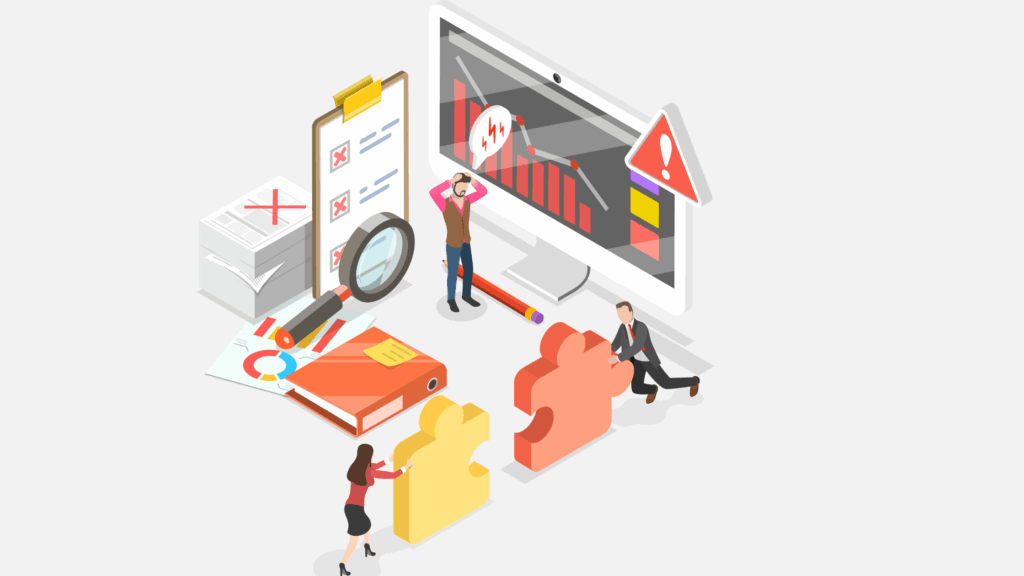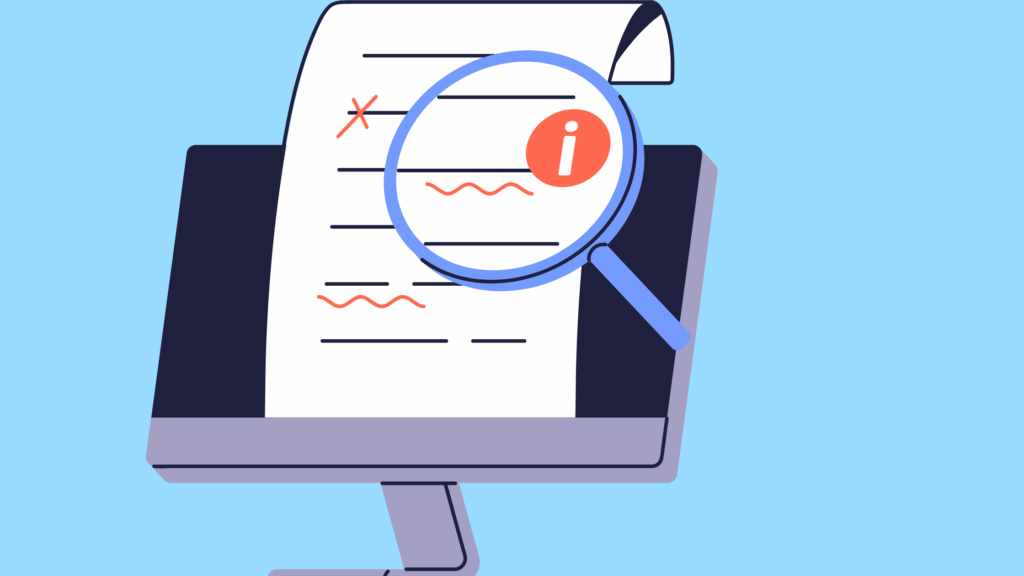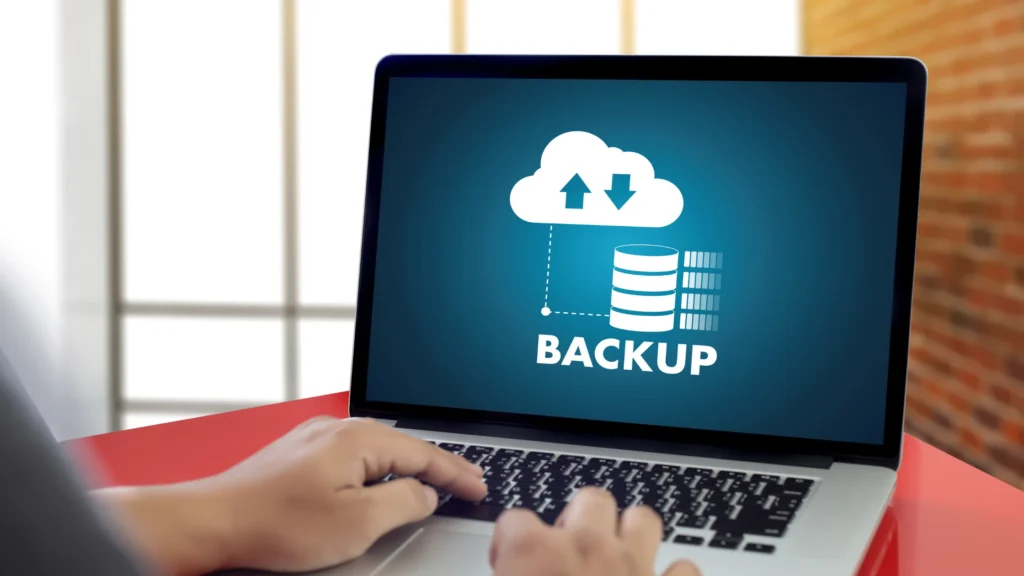If you have ever built a website, you know it is both exciting and nerve-wracking. You want it to look great, load fast, and actually work for your audience.
But here is the truth, your hosting choices are often the difference between a site that feels professional and one that frustrates visitors. Hosting may not sound glamorous, but it is the backbone of your online presence.
Unfortunately, a lot of people fall into the same traps. These hosting mistakes don’t always show up right away, but over time they can slow your site, hurt your security, and even cost you sales.
The good news? Most of them are easy to avoid once you know what to look out for. Even if you are using a reliable provider like Cloudpap, it is worth checking if you have slipped into some of these common habits. Let us walk through some of them together.

Mistake 1: Choosing the Wrong Hosting Plan
We have all been tempted by the cheapest option, especially when you are just getting started. The problem is that a budget plan often comes with hidden costs. Maybe your site loads slowly. Maybe it crashes just when traffic finally spikes.
It is one of the most common hosting mistakes, and it usually happens because people underestimate how much power their website actually needs.
Think of it like moving into an apartment that is fine for one person but way too small once you start a family. If you expect your site to grow, you will need room to expand.
Scalable options like VPS or cloud hosting are much safer long-term choices. With Cloudpap, upgrading as you grow is easy, so you don’t have to rip everything apart later.
Mistake 2: Forgetting About Backups
Picture a situation like this, your website is finally looking perfect. Then, one day, a plugin breaks, or worse, your site gets hacked. Suddenly, everything is gone. No backup, no safety net. Starting from scratch can indeed feel devastating.
Skipping backups is one of those hosting mistakes you don’t realize is a problem until it is too late. That is why setting up automatic backups is non-negotiable.
Keep extra copies of your data somewhere safe. Be it in cloud storage, external drives, wherever. And don’t just trust that the backups are working. Try testing them every now and then. Cloudpap makes it super simple to automate this, so you can focus on your business instead of worrying about disaster recovery.
Mistake 3: Treating Security Like an Afterthought
When your site is brand new, it is easy to think, “Who would bother hacking me?” But hackers don’t care if you are a Fortune 500 company or a personal blogger, they usually just look for easy targets. Weak passwords, outdated plugins, or missing SSL certificates are open invitations.
This hosting mistake can cost you more than downtime. It can ruin customer trust, damage your brand, and in some industries, even bring legal trouble. The fix doesn’t have to be complicated.
You simply need strong passwords, SSL certificates, regular updates, and a firewall. When these basics are ignored, even a small website can become an easy target for automated attacks that scan the internet 24/7 looking for vulnerabilities.
Mistake 4: Forgetting to Monitor Performance
A lot of website owners set things up and then… walk away. The problem is, servers don’t stay healthy forever. If your CPU maxes out or memory usage spikes, your visitors feel it first.
Think about how you feel when a site takes forever to load, you probably hit the back button. That is why monitoring uptime and performance is so important. This isn’t one of the flashier hosting mistakes, but it is costly because slow sites lose both traffic and search rankings.
Regular monitoring gives you the chance to fix small issues, like delayed load times or resource overload, before they turn into frustrating outages that drive people away.
Mistake 5: Overstuffing the Server
It is tempting to install every plugin under the sun, upload high-resolution images, and add features that sound cool but aren’t really necessary. But just like overpacking your suitcase until the zipper breaks, this habit strains your server.
This is one of the quieter hosting mistakes, until one day your site slows to a crawl or crashes during traffic spikes. The smarter move is to keep things lean. Audit your plugins regularly, compress your images, and cache pages where you can. And if your site outgrows your plan, don’t be afraid to upgrade.
Mistake 6: Misconfiguring Your Domain
DNS settings might feel like technical mumbo-jumbo, but they matter more than most people think. Get them wrong, and your site may not load at all. Customers won’t care if the problem is just a DNS issue, they will assume your site is down and move on.
It is a small but surprisingly common hosting mistake. Double-check your setup, and don’t be shy about leaning on your provider’s guides. Most reliable hosts now include clear step-by-step instructions so you are not left guessing.

Mistake 7: Ignoring SSL and HTTPS
By now, you have probably noticed those “Not Secure” warnings in browsers. They are not just embarrassing, they scare people away. Even worse, search engines take SSL into account when ranking sites.
The good news is this hosting mistake is easy to fix. Most providers now offer free SSL certificates, making it simple to secure your site. Switch to HTTPS, redirect old links, and you will instantly build more trust with visitors while giving your search rankings a healthy boost.
Mistake 8: Skipping Updates
Updates can feel annoying. Maybe you worry an update will break something, or maybe you just forget. But skipping them is one of the most dangerous hosting mistakes out there. Outdated software is a hacker’s best friend.
It is smarter to think of updates as digital hygiene, like brushing your teeth. Quick, simple, and absolutely necessary. If you don’t want to handle everything manually, many hosting providers now offer managed options that take care of updates automatically. This ensures your website stays secure without demanding constant attention from you.
Mistake 9: Overlooking Support
Support might not feel like a big deal when things are going smoothly, but when something breaks, it is everything. One of the most frustrating hosting mistakes is choosing a provider that doesn’t offer timely or local support.
Imagine your site going down during peak business hours and your provider taking days to respond. That downtime can cost more than the hosting itself.
The smarter choice is to pick a host with responsive, knowledgeable support available when you need it most. A reliable team that understands your issues quickly can save you time, stress, and even lost revenue when problems strike unexpectedly.
Mistake 10: Forgetting to Plan for Growth
A small site might be fine on a shared plan today, but what happens when your traffic doubles or triples? Too many owners don’t plan for scalability, and their websites crash just when people are finally paying attention.
This is one of the most damaging hosting mistakes because it punishes you for being successful. Growth should be exciting, not terrifying. The solution is to think about scalability from the beginning.
Look for hosting that allows easy upgrades, flexible resources, and the ability to handle sudden spikes in visitors. That way, when your hard work starts paying off and your site gains traction, you will be ready to welcome more people instead of worrying about downtime or crashes.
Mistake 11: Ignoring a CDN
If your audience is spread across different parts of the world, loading your website from a single server can be painfully slow for anyone who isn’t nearby. Every extra second of waiting increases the chance visitors will give up and leave. Which makes this one of those overlooked hosting mistakes that quietly eats away at your traffic and conversions.
A Content Delivery Network (CDN) solves this problem by storing cached versions of your site on multiple servers worldwide, so users connect to the one closest to them. This reduces load times dramatically, improves the user experience, and even boosts search rankings.
Mistake 12: Neglecting Email Hosting
Your website may be the heart of your online presence, but email is often the lifeline that keeps your business connected to customers. Yet many owners overlook email hosting or settle for free accounts that don’t match their domain.
This is one of those subtle hosting mistakes that chips away at your professionalism without you realizing it.
Beyond appearances, using poor email hosting can create problems with deliverability, reliability, and even security. Emails may land in spam, fail to send, or expose you to phishing risks.
Investing in proper email hosting ensures your messages get delivered, stay secure, and align with your brand identity.
Mistake 13: Sharing IPs Without Thinking
Most people never give IP addresses a second thought, but relying only on shared IPs can cause problems you don’t see coming. If another website sharing your IP engages in spam, fraud, or shady practices, your site could get penalized right alongside them.
This is one of those hidden hosting mistakes that can damage your reputation without you even realizing why traffic or email deliverability suddenly dropped.
A dedicated IP isn’t necessary for everyone, but if your site processes payments, sends a lot of emails, or represents a business where trust is everything, it is worth considering.
Having your own IP isolates you from the behavior of others, giving you more control over your online reputation and reducing risks you can’t manage on a shared setup.

Wrapping It Up
Hosting mistakes can cost you time, money, and your website’s reputation. The good news is most are easy to avoid with a bit of planning and care. By choosing the right plan, securing your site, monitoring performance, and planning for growth, you set a strong foundation for success.
A reliable provider like Cloudpap makes this even easier by giving you the tools and support needed to keep your site fast, safe, and dependable. Fix these hosting mistakes early, and you will spend less time worrying about downtime, and more time growing what matters.

